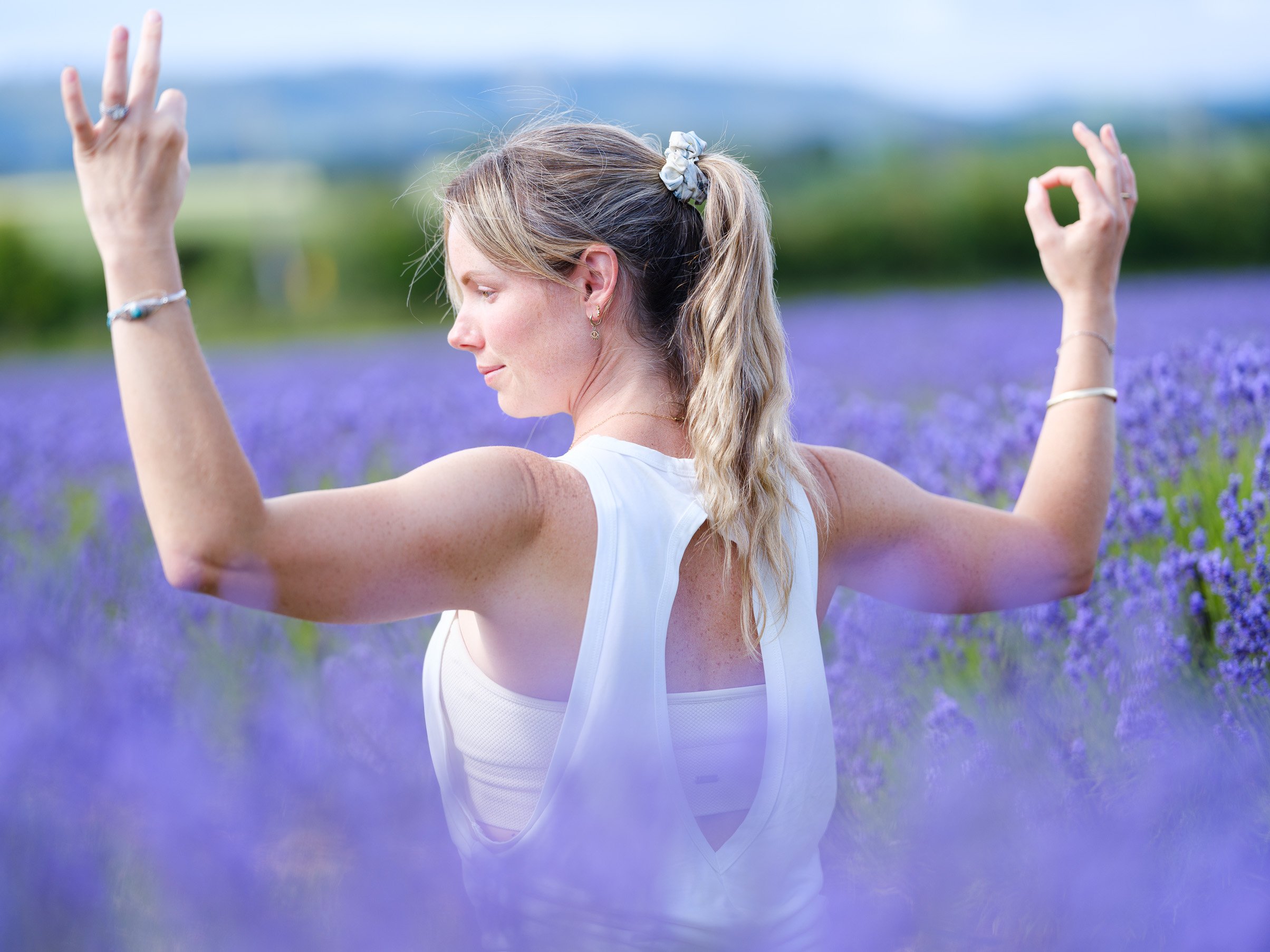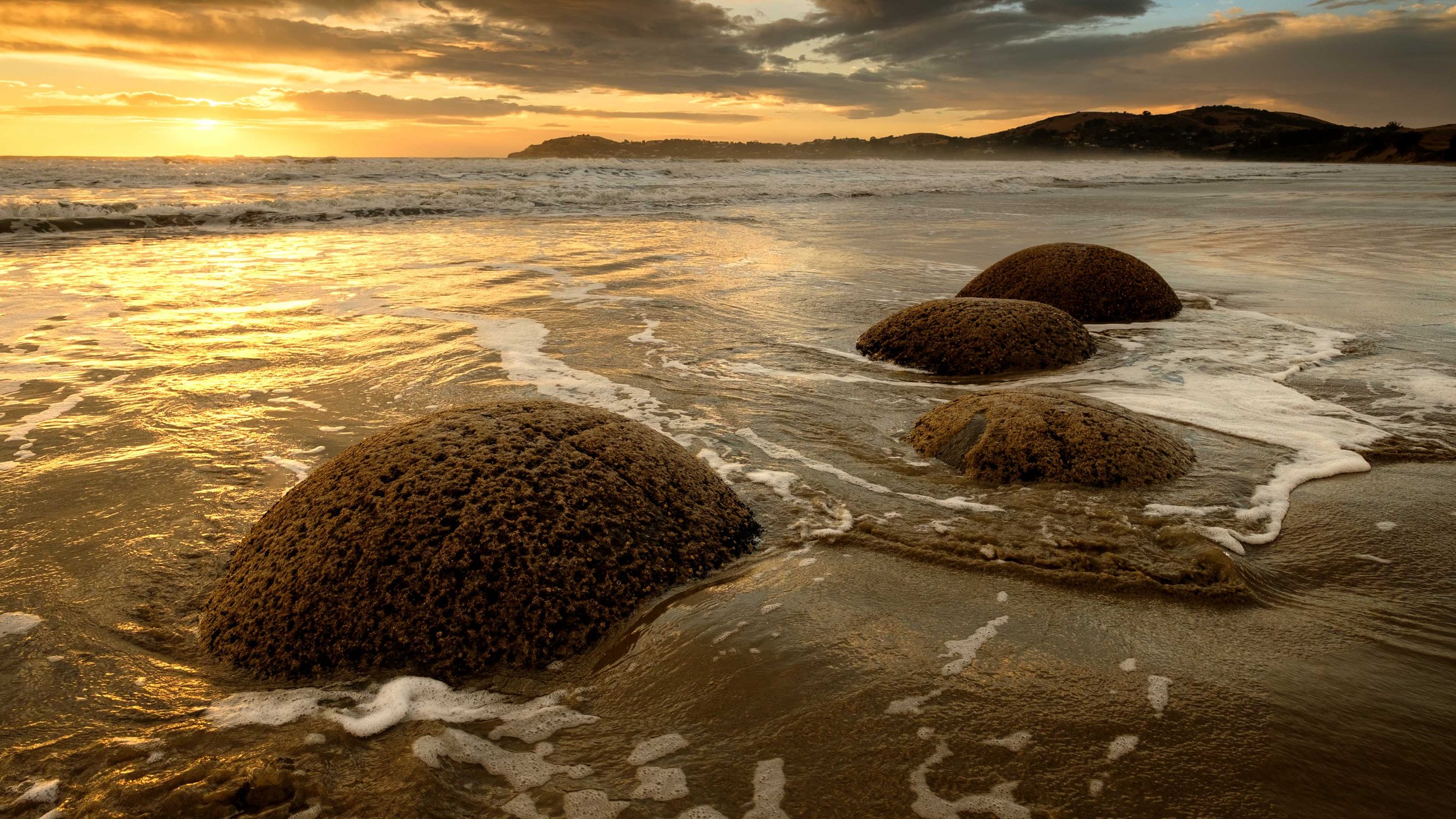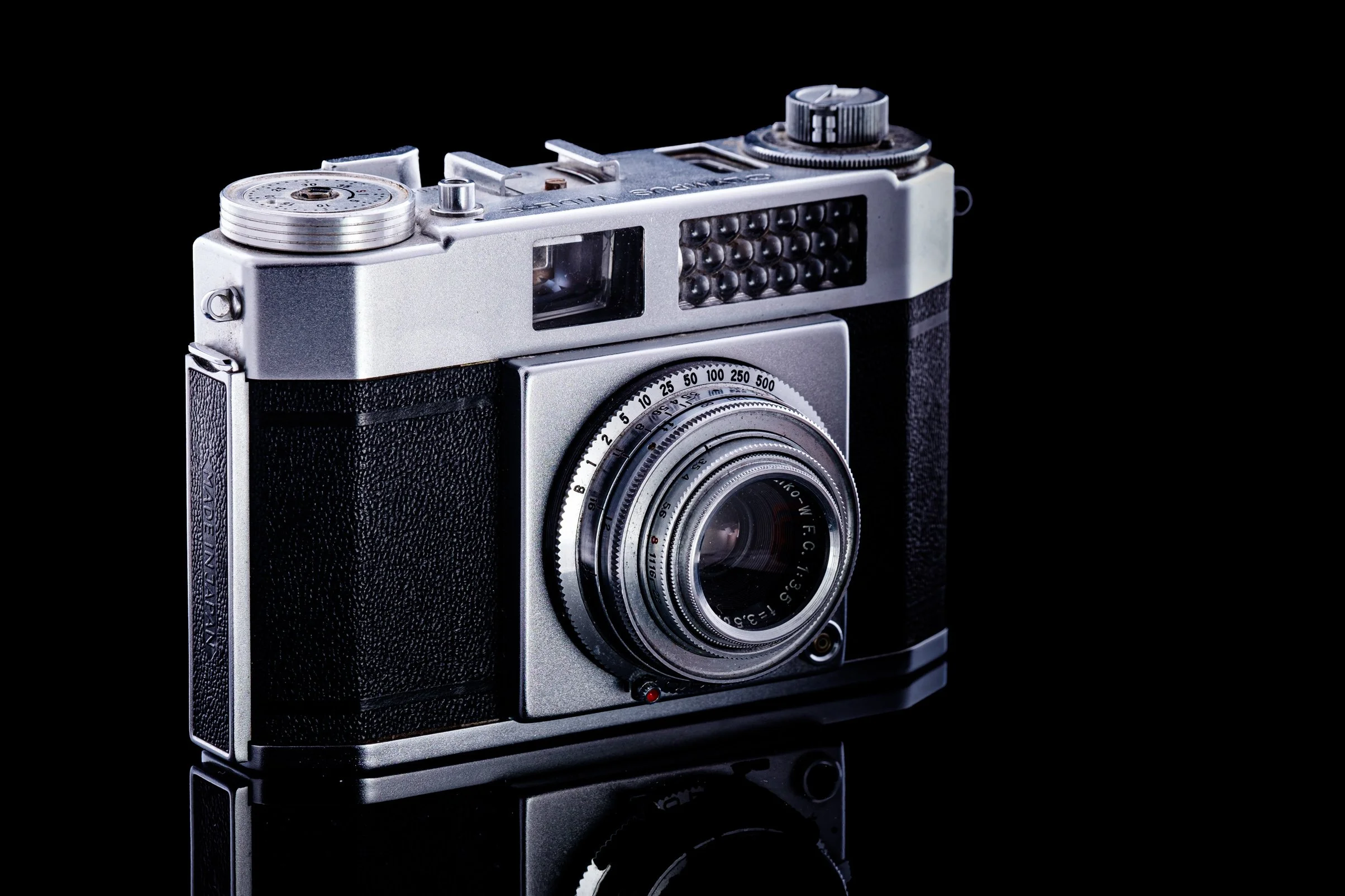When I started out with infrared photography a few months ago I had no idea where my journey would take me. Initially I though infrared would be about capturing landscape, but that changed when I started photographing the buildings and manmade elements of Dunedin city.
The image that made me sit up and go ‘wow, I love how this looks’ was of the clock tower at Otago University. Heritage buildings render beautifully in infrared. There is almost a vintage and gothic vibe imparted by the glow of the foliage and grass in each scene. In Dunedin we have a nice selection of heritage buildings, so I intend to keep returning to them all, as I know each visit will give me a different result. I am not 100% happy with some of the images in the set below, but you can clearly see where I am heading with my infrared work. It will be great when a few key buildings are uncovered from scaffolding, hopefully they will have some extra pop for photos.
Otago University Clock Tower, Dunedin.
East Taieri Church, Mosgiel.
Otago Museum, Dunedin.
St Pauls Cathedral, The Octagon, Dunedin.
Lake Waihola, Dunedin. Early morning mist hangs over the lake.
Wingatui Railway Station, Dunedin. An image from a set I wrote another blog on.
St Joesephs Cathedral, Dunedin.
Historic Henley Cheese Factory, Dunedin.
The Oval, Dunedin.
Greenpoint Shipwreck Yard, Bluff.
Mausoleum of William Larnach, North Cemetery.
Lookout Point Fire Station, Dunedin.
Victorian Water House - Ross Creek Resevoir, Dunedin
Cargill’s Castle, Dunedin.
First Church, Dunedin.
Second Beach - Stormwater outlet (1904), Dunedin.
Chingford Park, a closer view. I’m not completely happy with the framing but this shot has great potential, if I can get a windless day, and would also make a nice colour image in Autumn.
A closer view of Otago Boys High School.
Robbie Burns Statue, The Octagon, Dunedin.

















































